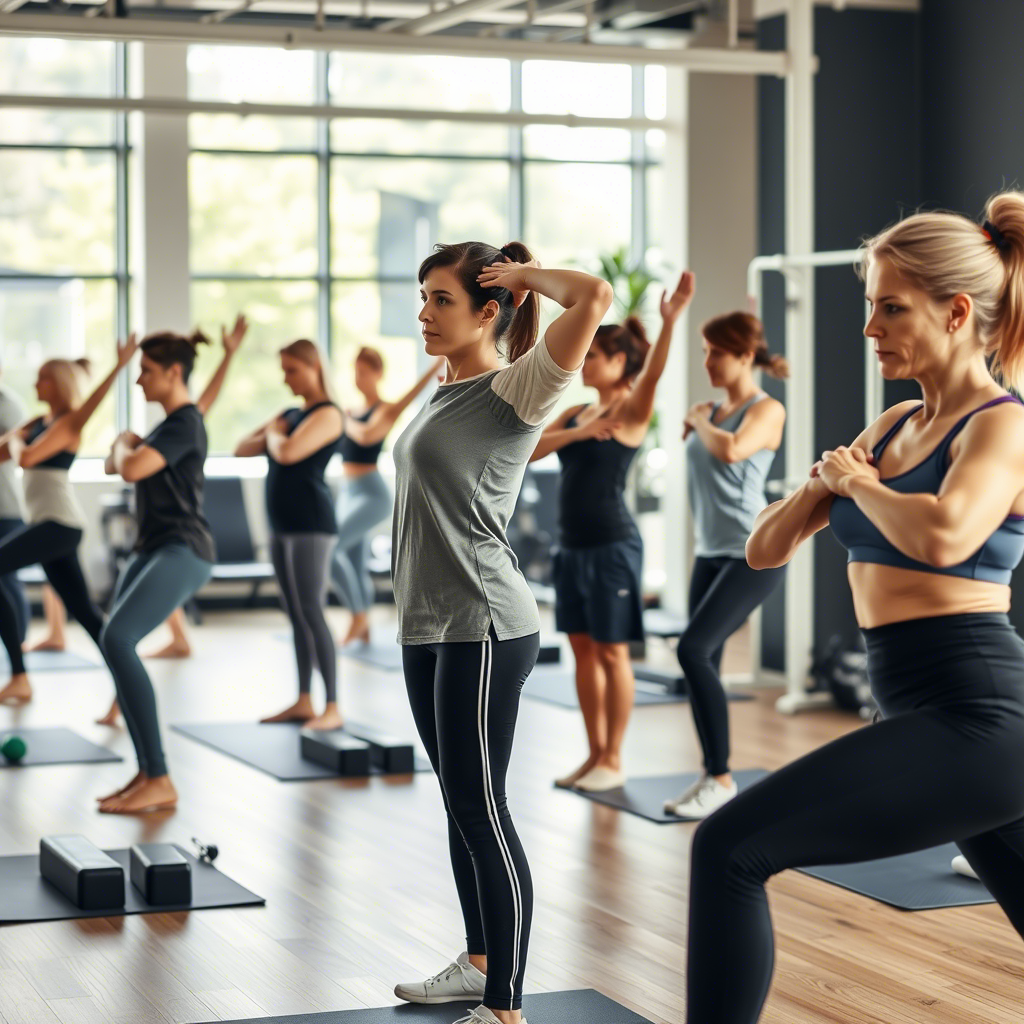Let’s face it: modern life is a posture correction killer. Between hunching over laptops, scrolling smartphones, and binge-watching Netflix, our bodies have morphed into question marks. The result? Aches, stiffness, and a silhouette that screams “I’ve surrendered to gravity.” But here’s the kicker: Good posture isn’t just about looking confident in photos. It’s the backbone of your health—literally.
Read Also: hydration myths
Poor posture strains muscles, compresses organs, and even affects digestion and mood. Yet, the internet is flooded with quick fixes like “posture corrector” gadgets and “5-minute miracle” routines. Spoiler alert: Most of them don’t work. This article isn’t about sitting ramrod straight like a Buckingham Palace guard. It’s about reclaiming your body’s natural alignment—without gimmicks. Let’s unravel the myths, science, and practical steps to stand tall again.
Why Posture Matters More Than You Think
Your Spine is the CEO of Your Body
Your spine isn’t just a stack of bones—it’s a communication highway. Nerves branching from your spine control everything from breathing to bladder function. Slouching compresses these nerves, leading to:
- Chronic pain (hello, lower back agony!)
- Reduced lung capacity (shallow breathing = less oxygen)
- Digestive issues (yes, poor posture can cause bloating)
- Low energy and mood swings (hunching mimics “defeat” body language, tricking your brain into feeling stressed).
A 2021 study in JAMA Neurology even linked slumped posture to increased risk of depression and cognitive decline in older adults.
Common Posture Correction Myths (Debunked)
Myth 1: “Sit Up Straight—Shoulders Back!”
The Truth: Forcing your shoulders into a military pose creates tension. Good posture is relaxed and dynamic. Imagine a string pulling you gently upward from the crown of your head.
Myth 2: “Posture Correctors Will Fix You”
The Truth: These braces weaken muscles over time by doing the work for you. Think of them as crutches—useful short-term, harmful long-term.
Myth 3: “Only Desk Workers Have Bad Posture”
The Truth: Nurses, drivers, chefs, and even gym buffs (looking at you, chronic “phone neck” scrollers) are equally at risk.
The 4 Most Common Posture Problems (and How to Fix Them)
1. Tech Neck
What it looks like: Chin jutting forward, shoulders rounded—like a turtle peeking out of its shell.
Why it happens: Every inch your head tilts forward adds 10 pounds of pressure on your neck.
Fix it:
- Hold your phone at eye level.
- Do “chin tucks”: Sit tall, gently retract your chin (like making a double chin). Hold for 5 seconds. Repeat 10x daily.
2. Swayback (Anterior Pelvic Tilt)
What it looks like: Butt sticks out, lower back overly arched—common in high heels or after pregnancy.
Why it happens: Tight hip flexors and weak glutes.
Fix it:
- Stretch hip flexors: Kneel on one knee, tuck pelvis, lean forward until you feel a stretch. Hold 30 seconds/side.
- Strengthen glutes: Bridges, clamshells.
3. Rounded Shoulders
What it looks like: Shoulders rolled inward—common in cyclists and office workers.
Why it happens: Tight chest muscles, weak upper back.
Fix it:
- Doorway stretch: Place forearms on doorframe, step forward to stretch chest. Hold 30 seconds.
- Rows: Use resistance bands to pull elbows back, squeezing shoulder blades.
4. Flatback Syndrome
What it looks like: Minimal spinal curves—common in people who stand for long hours.
Why it happens: Weak core muscles and stiff hamstrings.
Fix it:
- Cat-Cow stretch: On hands and knees, arch and round your spine. Repeat 10x.
- Strengthen core: Planks (start with 20 seconds).
Posture Correction: It’s Not Just About Standing 
How You Sleep Matters
- Best position: Side-lying with a pillow between knees to align hips.
- Worst position: Stomach sleeping—twists your neck and flattens your spine.
Your Workspace is the Enemy (But It Doesn’t Have to Be)
- Monitor height: Top of the screen at eye level.
- Chair setup: Feet flat on floor, knees at 90 degrees. Use a lumbar roll or rolled towel behind your lower back.
The Role of Movement: You Can’t “Out-Stretch” a Sedentary Life
Sitting for hours tightens hips and weakens glutes. Try these habits:
- 20-8-2 Rule: Every 20 minutes, stand for 8 minutes, move for 2.
- Walk like a Penguin: Take short, frequent walks (even to the bathroom) to reset your posture.
FAQs About Posture Correction
Q: How long does it take to fix posture?
A: Consistency is key. Mild issues improve in 4–6 weeks; chronic slouching may take 3–6 months.
Q: Can yoga or Pilates help?
A: Absolutely! Both strengthen core and improve body awareness. Try poses like “Mountain Pose” or “Bird Dog.”
Q: Are standing desks worth it?
A: Yes—if you alternate between sitting and standing. Standing all day strains legs and feet.
Q: Does posture affect height?
A: Poor posture can make you appear 1–2 inches shorter. Stand tall to reclaim your true height!
Q: Can kids develop posture problems?
A: Yes—backpacks and screen time are culprits. Encourage active play and limit device use.
Conclusion
Good posture isn’t about perfection—it’s about progress. Your body is designed to move, not mold itself to chairs and screens. Start small: Adjust your workstation, stretch while brushing your teeth, or practice “chin tucks” during Zoom meetings.
Remember, your posture isn’t just a physical habit; it’s a dialogue between your muscles, mind, and environment. As biomechanist Katy Bowman says, “Movement is nutrition for your joints.” Feed them well.
So, the next time you catch yourself slouching, don’t berate yourself. Smile, reset, and think of your spine as a lifelong friend—not a foe. Your future self (and your grandma) will thank you.


